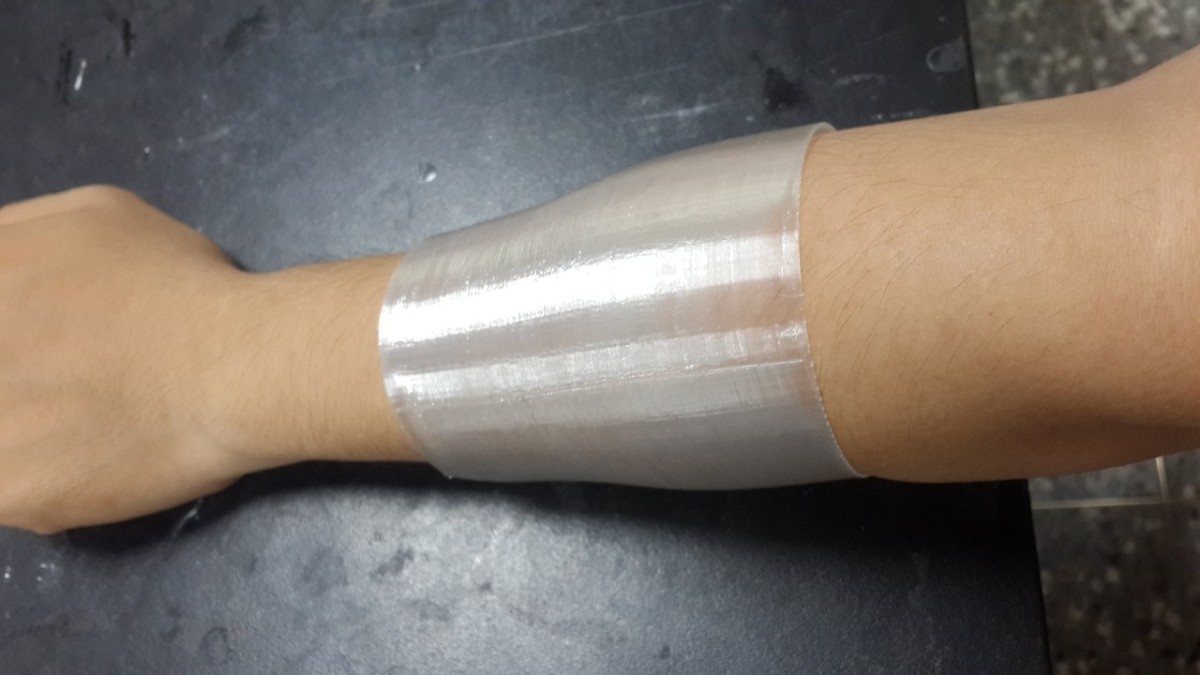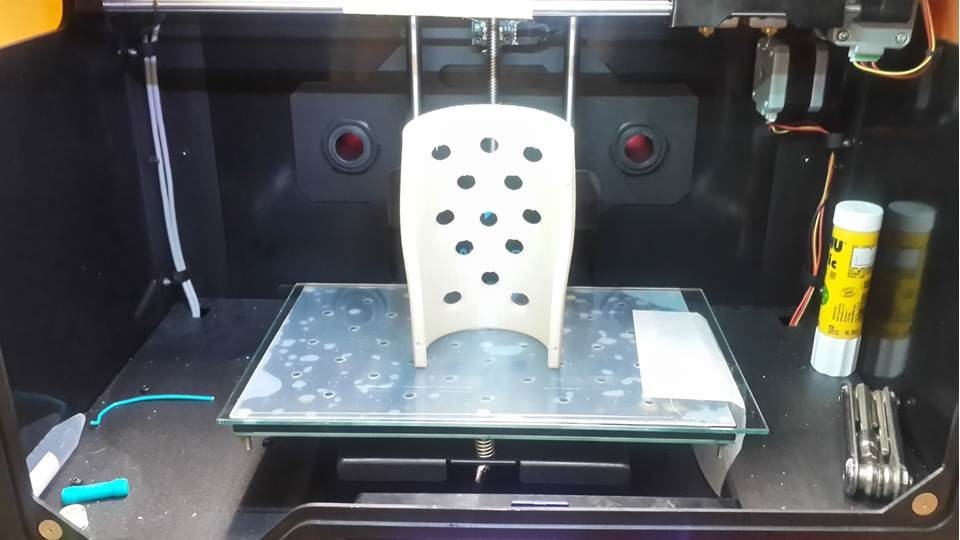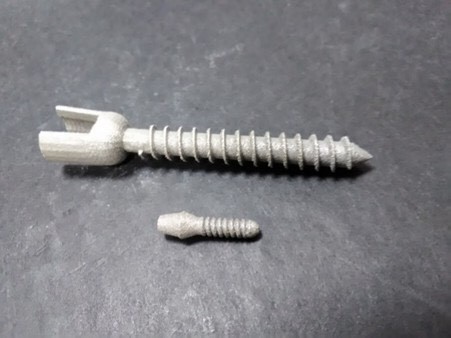| Technical Name | Development of 3D printed bioactive glass-based biomedical materials | ||
|---|---|---|---|
| Project Operator | National Taiwan University of Science and Technology | ||
| Summary | With the rapid development of biomaterials industry, the diversity of bioactive glass (BG) is required in the world; hence, the invention of BG becomes an essential issue nowadays. In recent years, BG is the most promising candidate of bone-filling material (stents, temporary anchorage devices, etc.) due to its crucial properties inclusive of excellent biological activity, biocompatibility and biodegradability. Not only the synthesis of BG powders in various morphology but also achievement of preliminary mass production was successfully carried out by using the experimental technique with emphasis on the synthesis of BG powders. In response to the demand for market of bone substitute material, BG powders are able to be prepared from various precursors in different ratios successfully. Take dopants (magnesium, Mg and graphene oxide, GO) on BG for example, the results after modification show that Mg-doped BG has the higher biocompatibility and GO-doped BG not only generates the higher mechanical strength but increases the antibacterial effect (98.5%). |
||
| Scientific Breakthrough | 使用噴霧熱裂解法與噴霧乾燥法可以穩定製備各種形貌的生物玻璃粉末顆粒 |
||
| Industrial Applicability | 近年來本研究團隊更與國立交通大學及工業技術研究院共同合作開發金屬複合材料製造仿生錐弓螺絲。由於全球有為數不少的脊椎病變患者,其治療過程中最關鍵的一環是利用錐弓螺釘系統來固定骨骼。根據臨床追蹤與醫師門診經驗指出大約2.5成的病患出現錐弓螺絲鬆脫或斷裂之情形,另約有5成的病患於兩年內有脊椎節段退化之狀況。上述情況主要在於錐弓螺絲材料與結構設計不良,而產生應力遮蔽效應及使用頻率不高而退化。為避免陶瓷在植體內部形成缺陷,故配合精密3D列印技術將陶瓷印製於植體表面。藉由測試不同配比的生物活性玻璃,獲得最佳流動性之粉末以製造出最適當結構強度的異質非均勻之植體,進而降低應力遮蔽效應之發生機率。 此外,本研究環境設有噴物乾燥機(Spray dryer)之儀器可供未來由噴霧熱裂解法(Spray pyrolysis)所研發出的不同型貌、多種成分等雛形進行量產。 |
||
other people also saw







